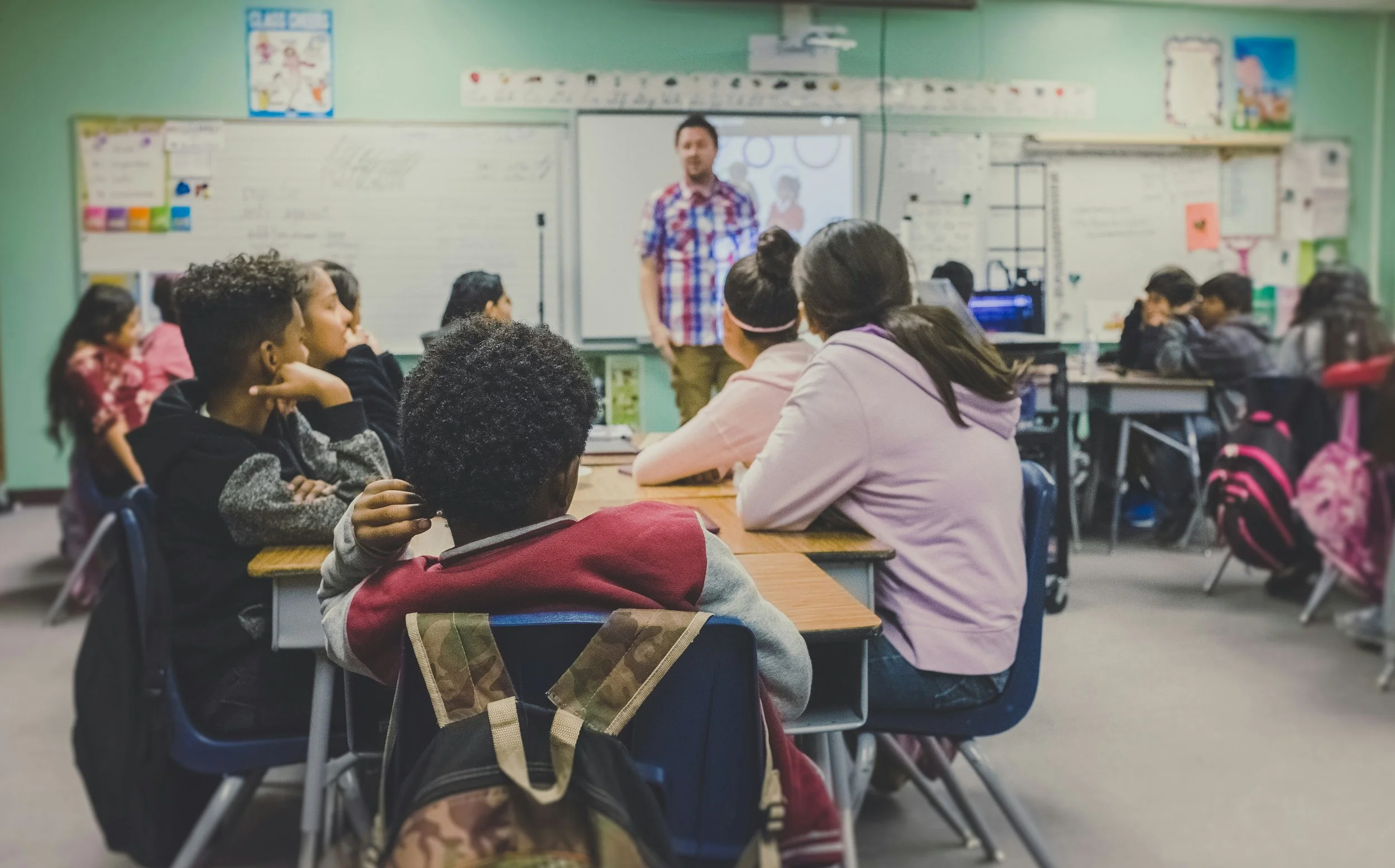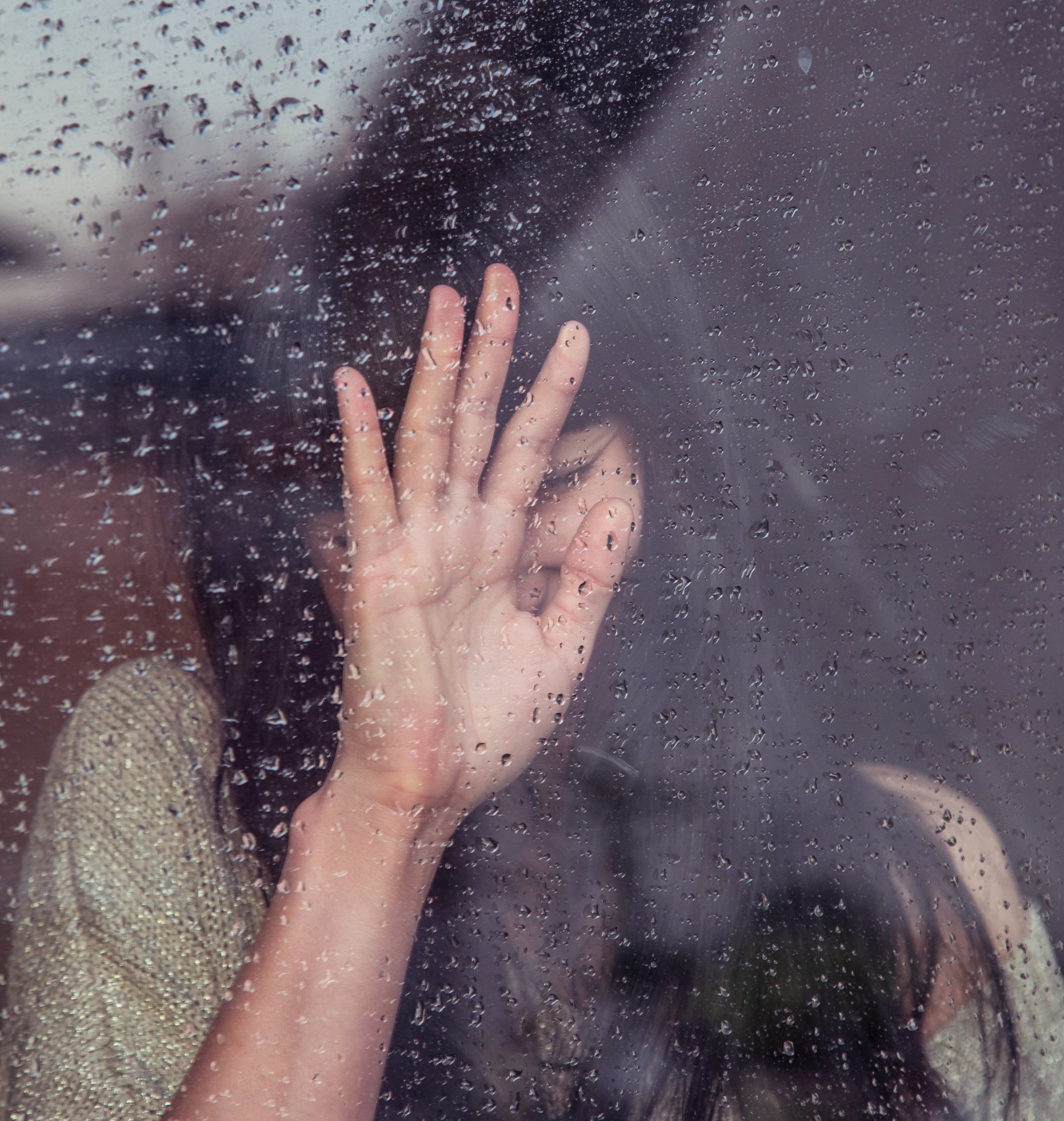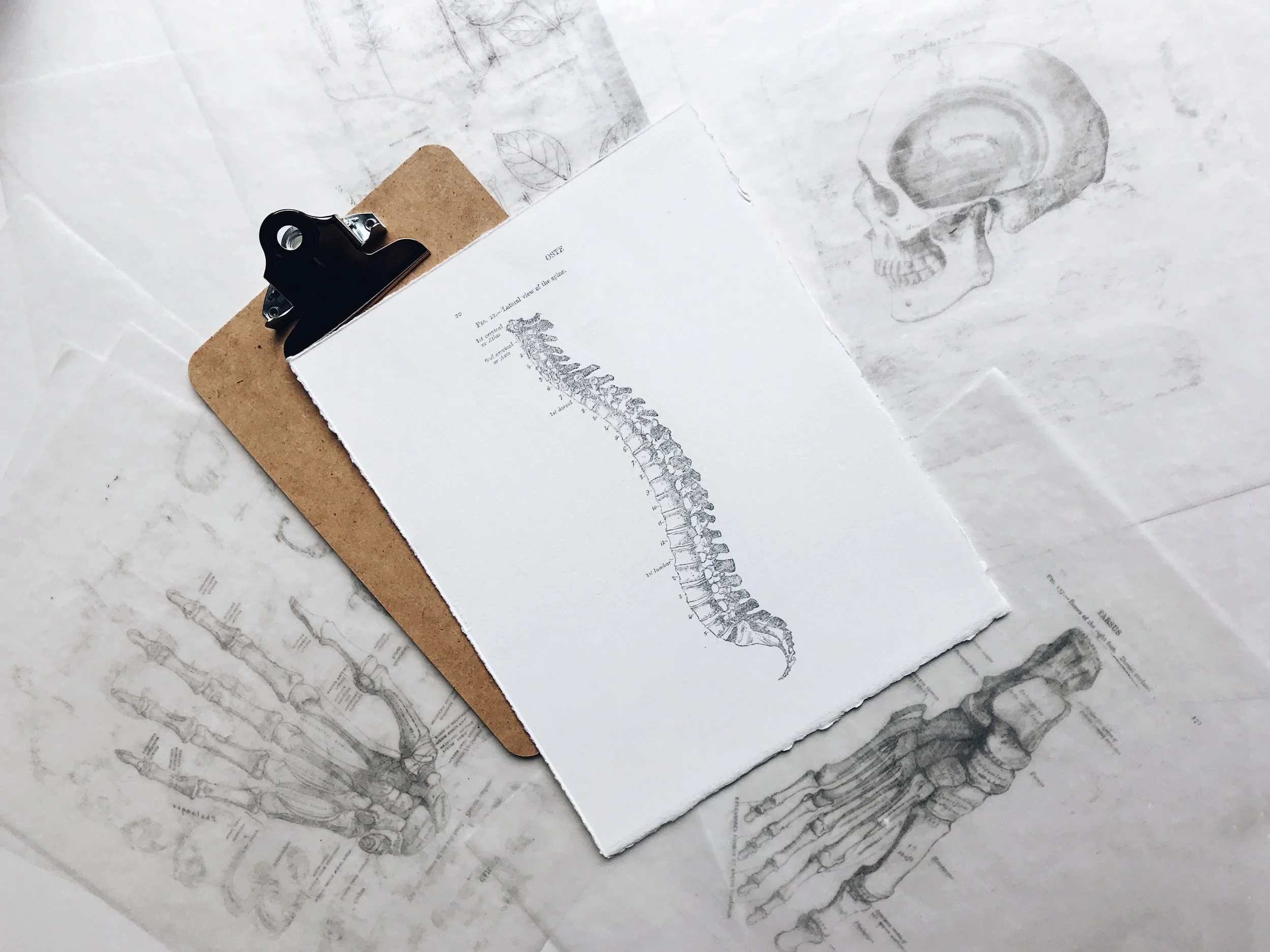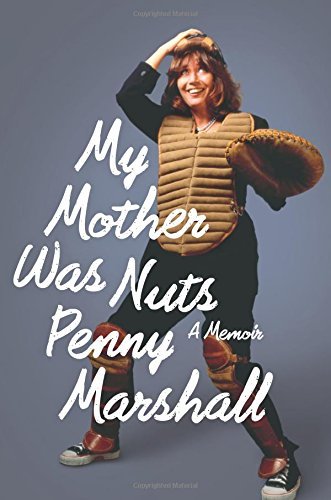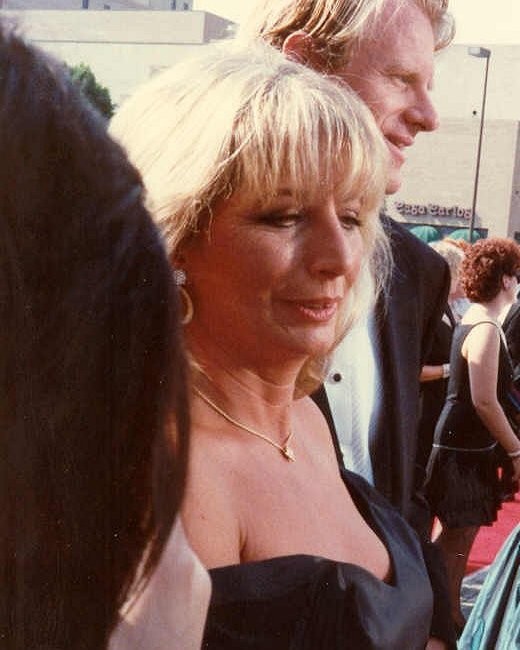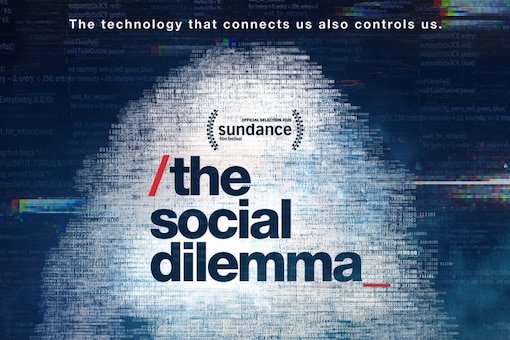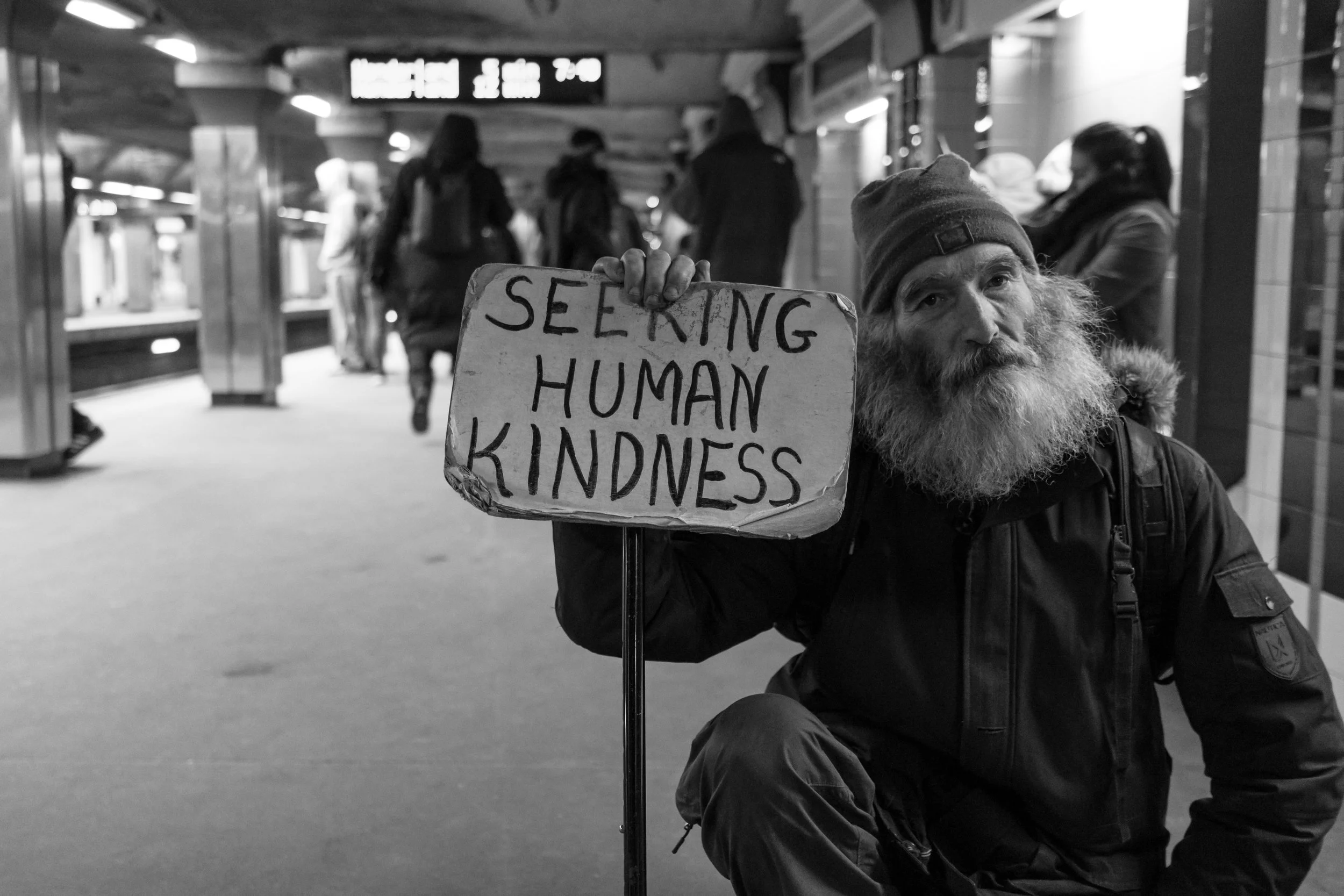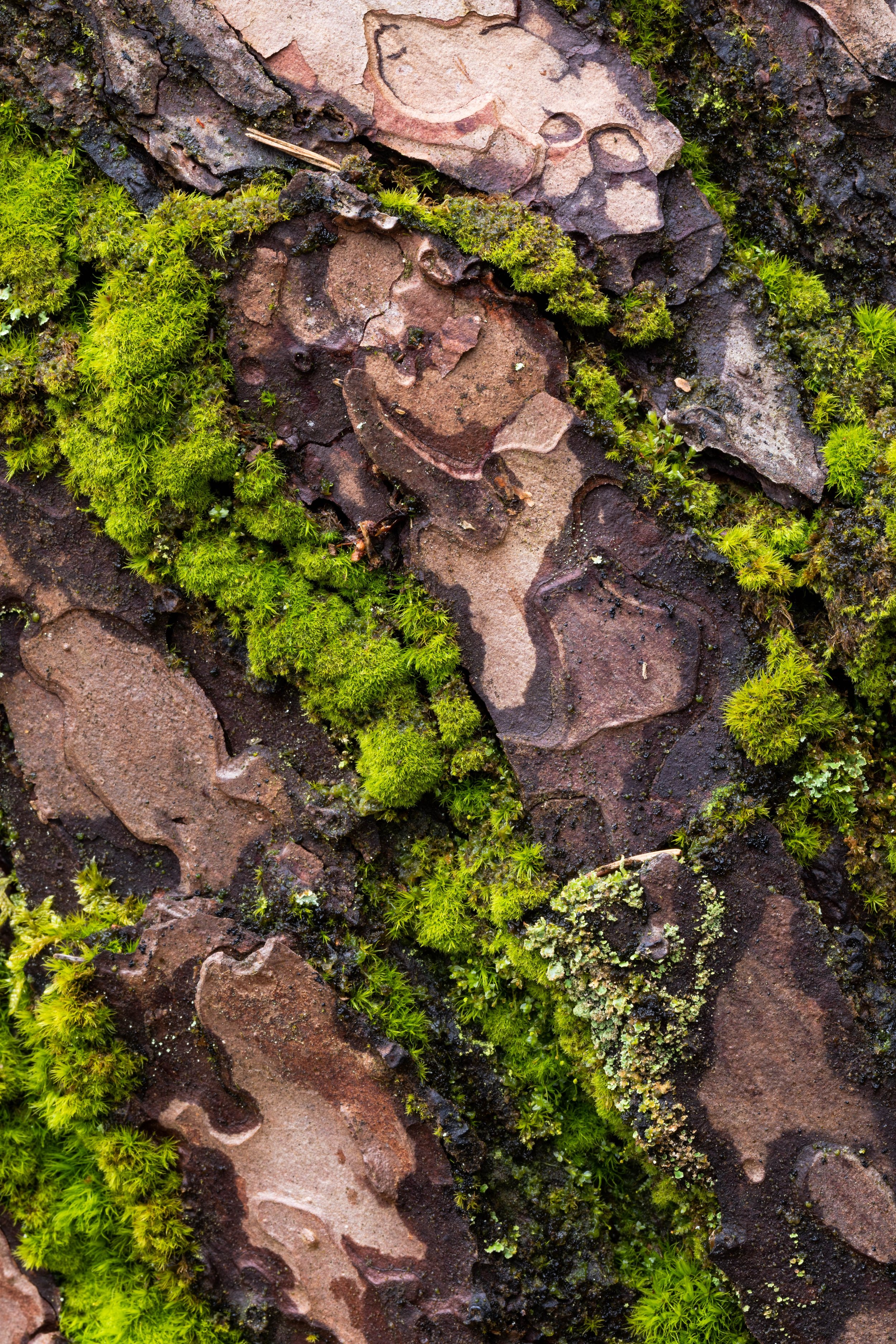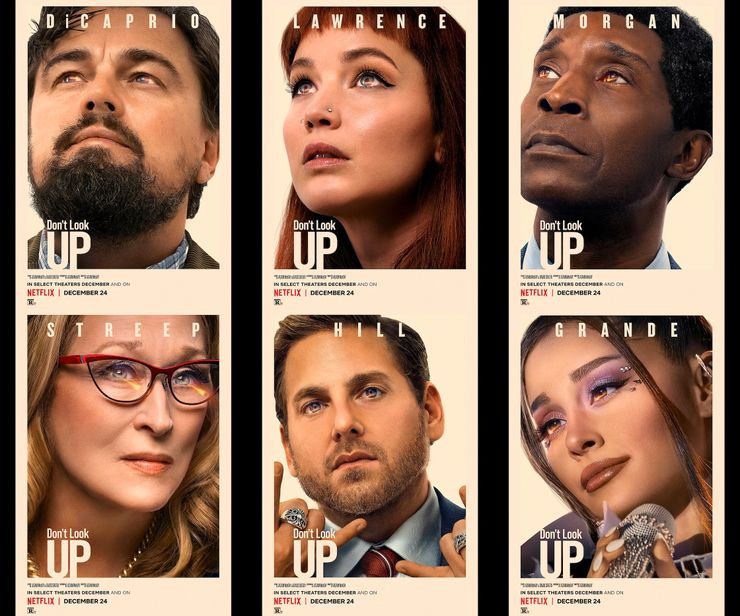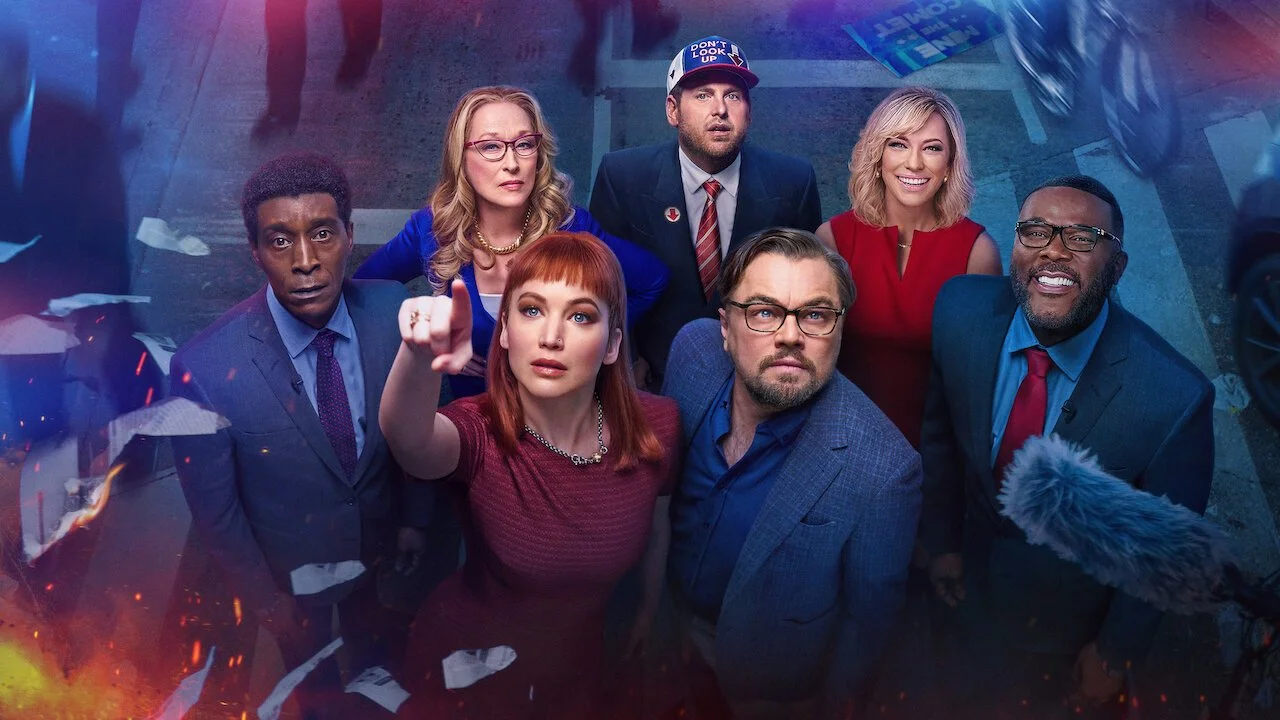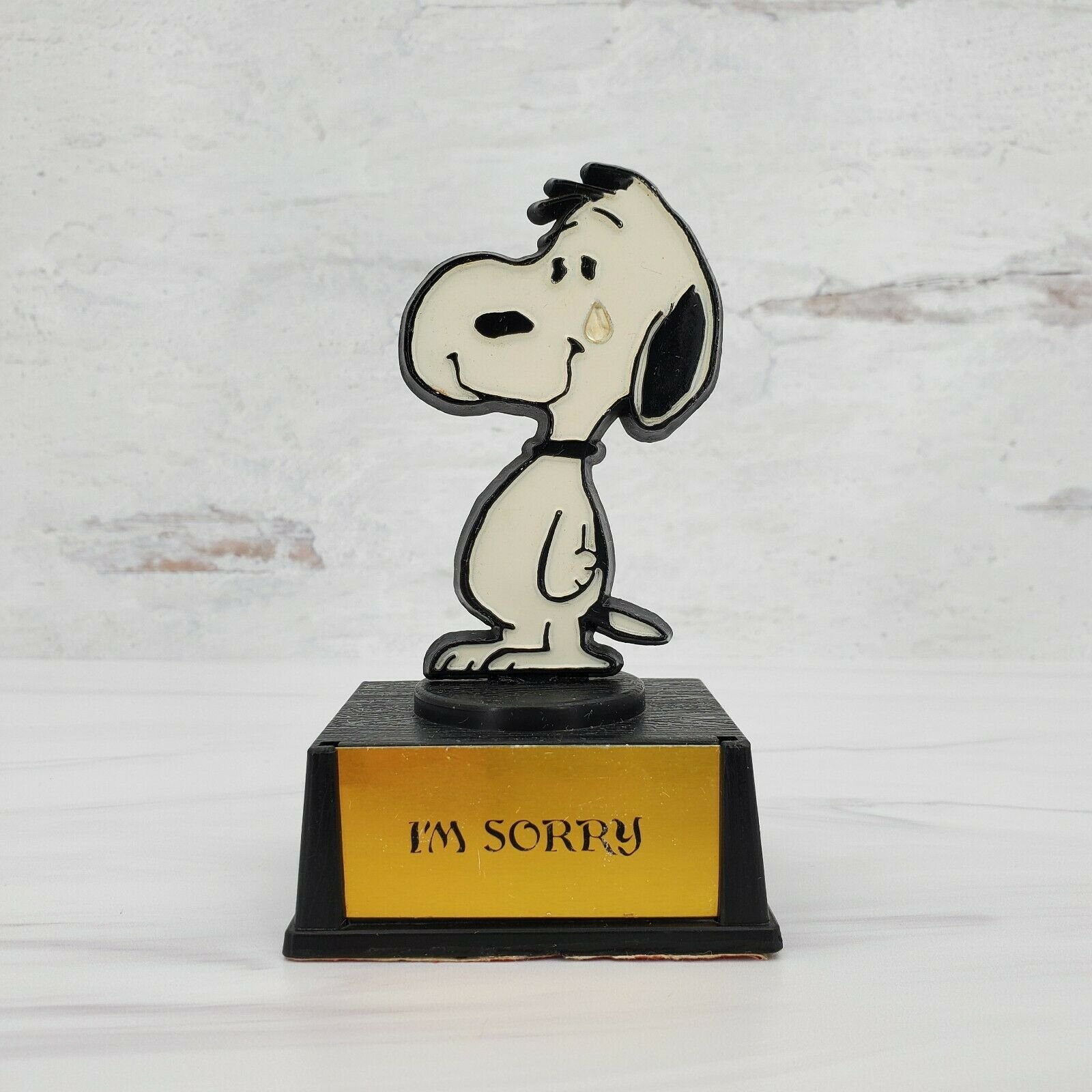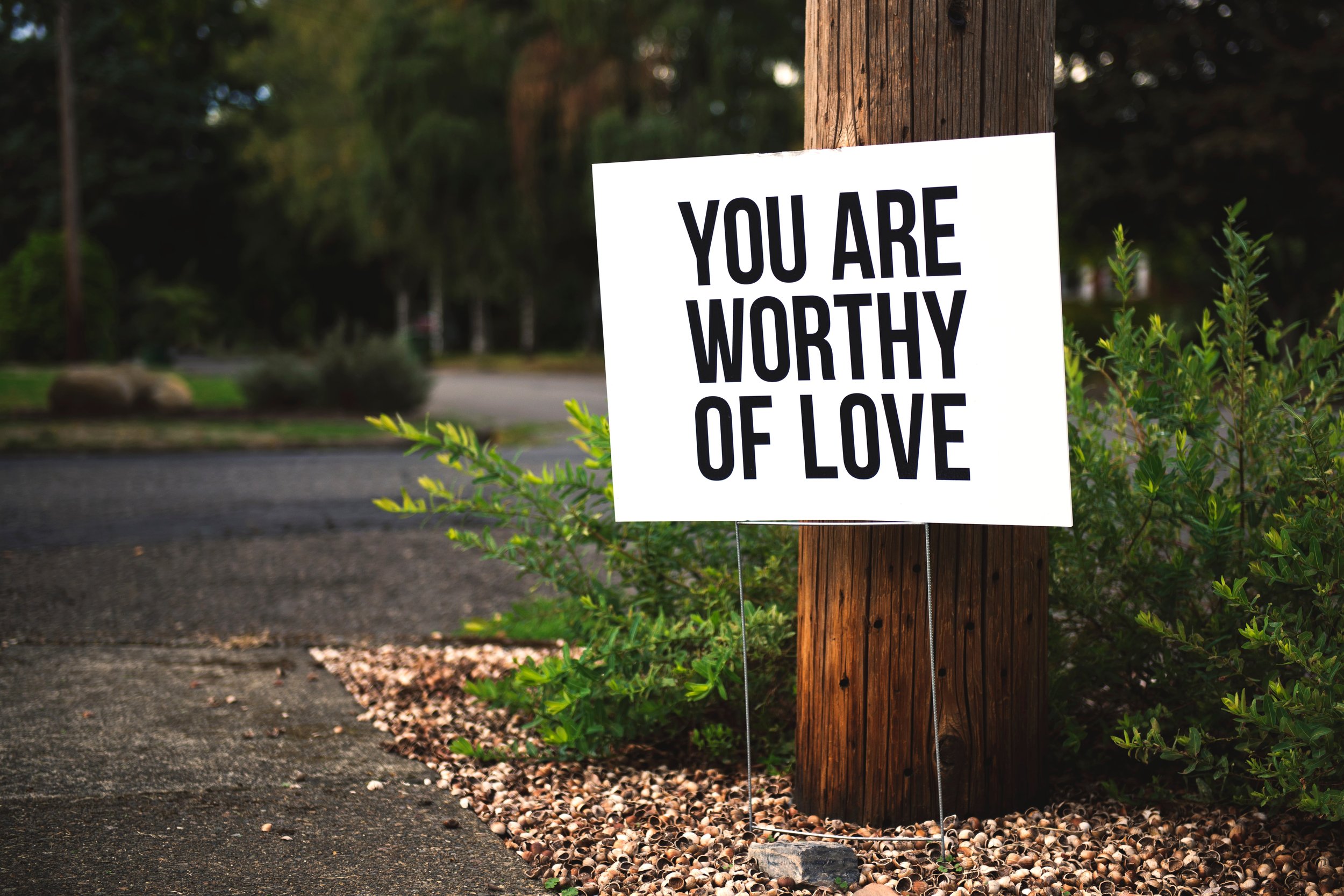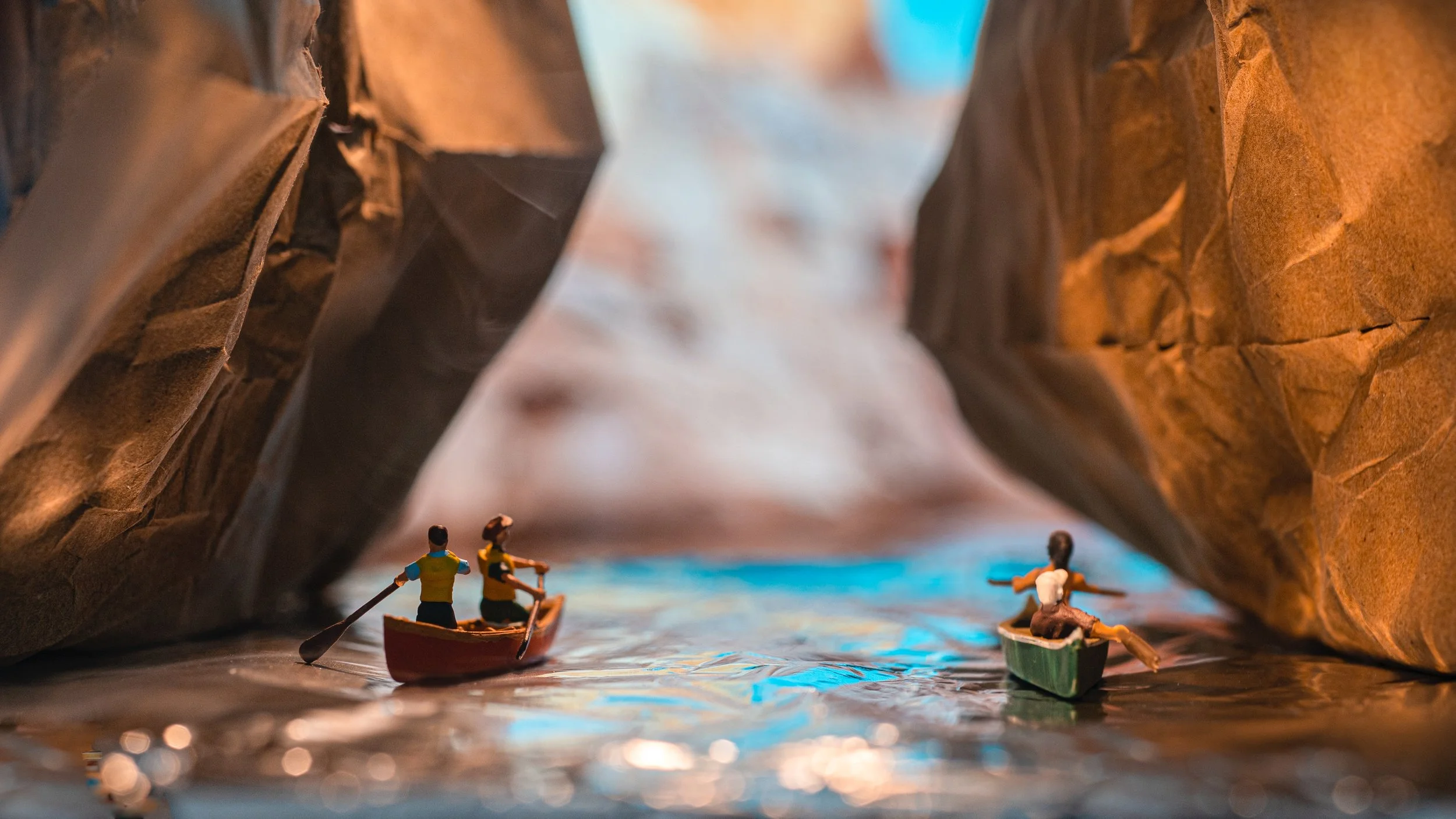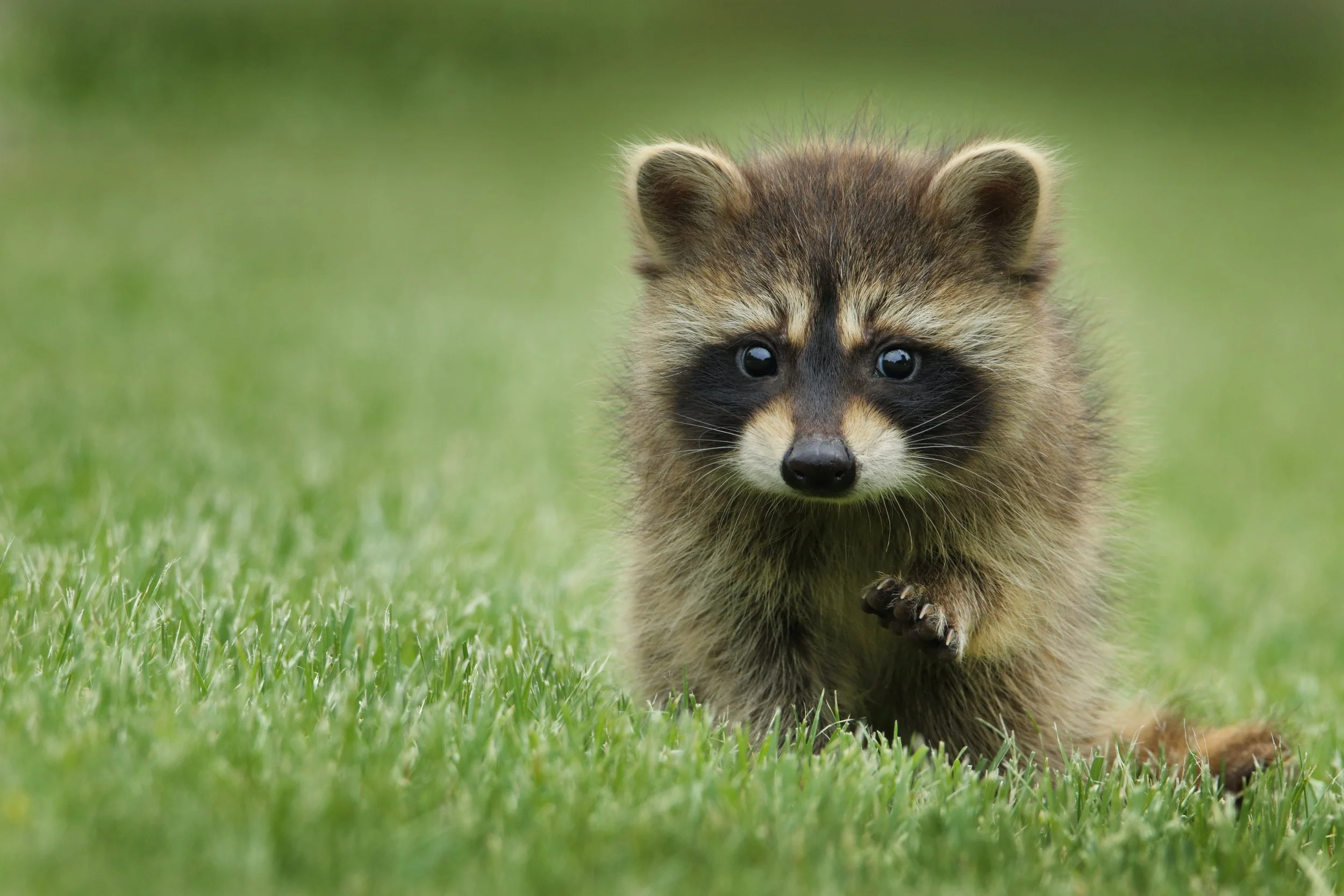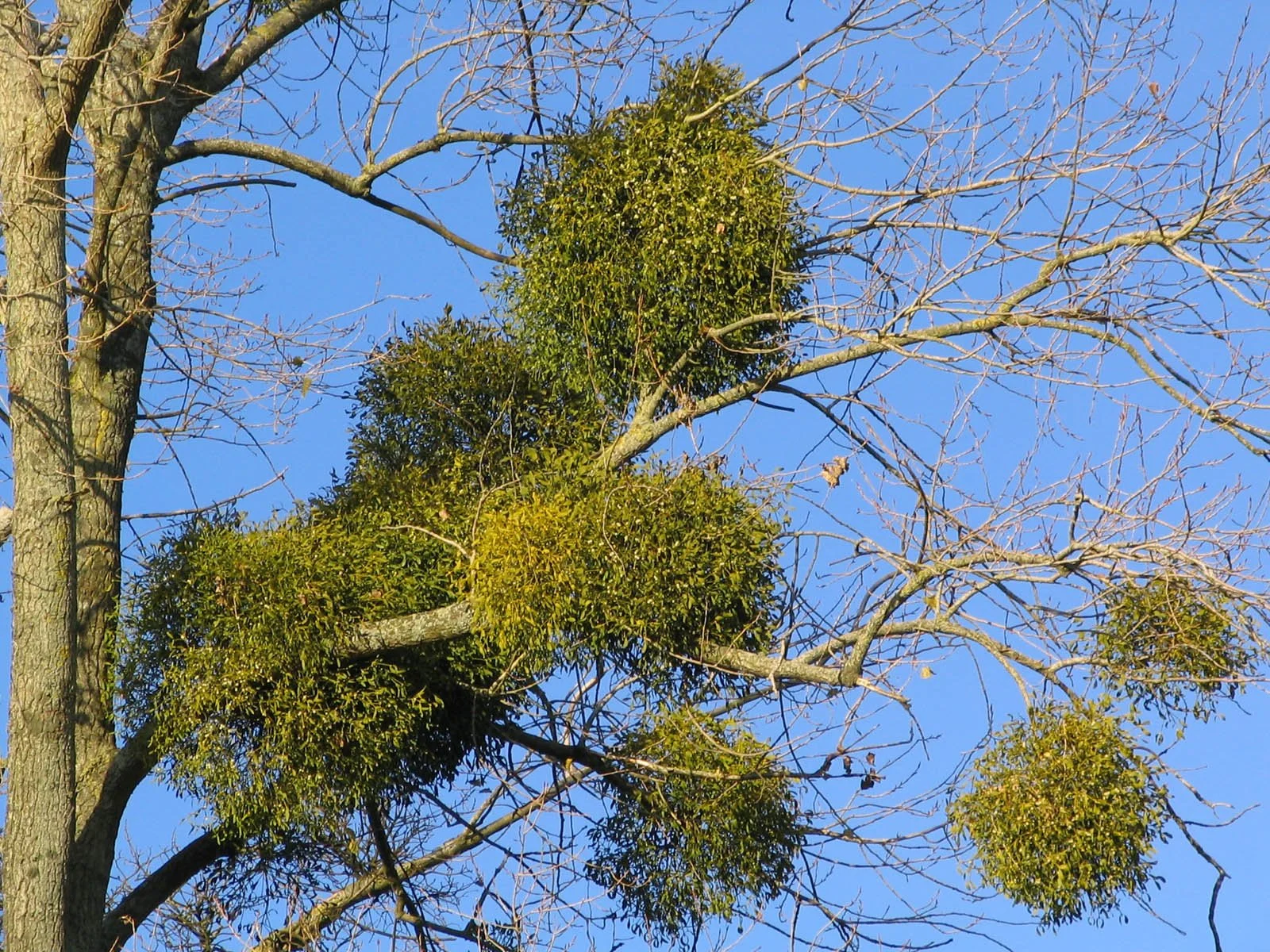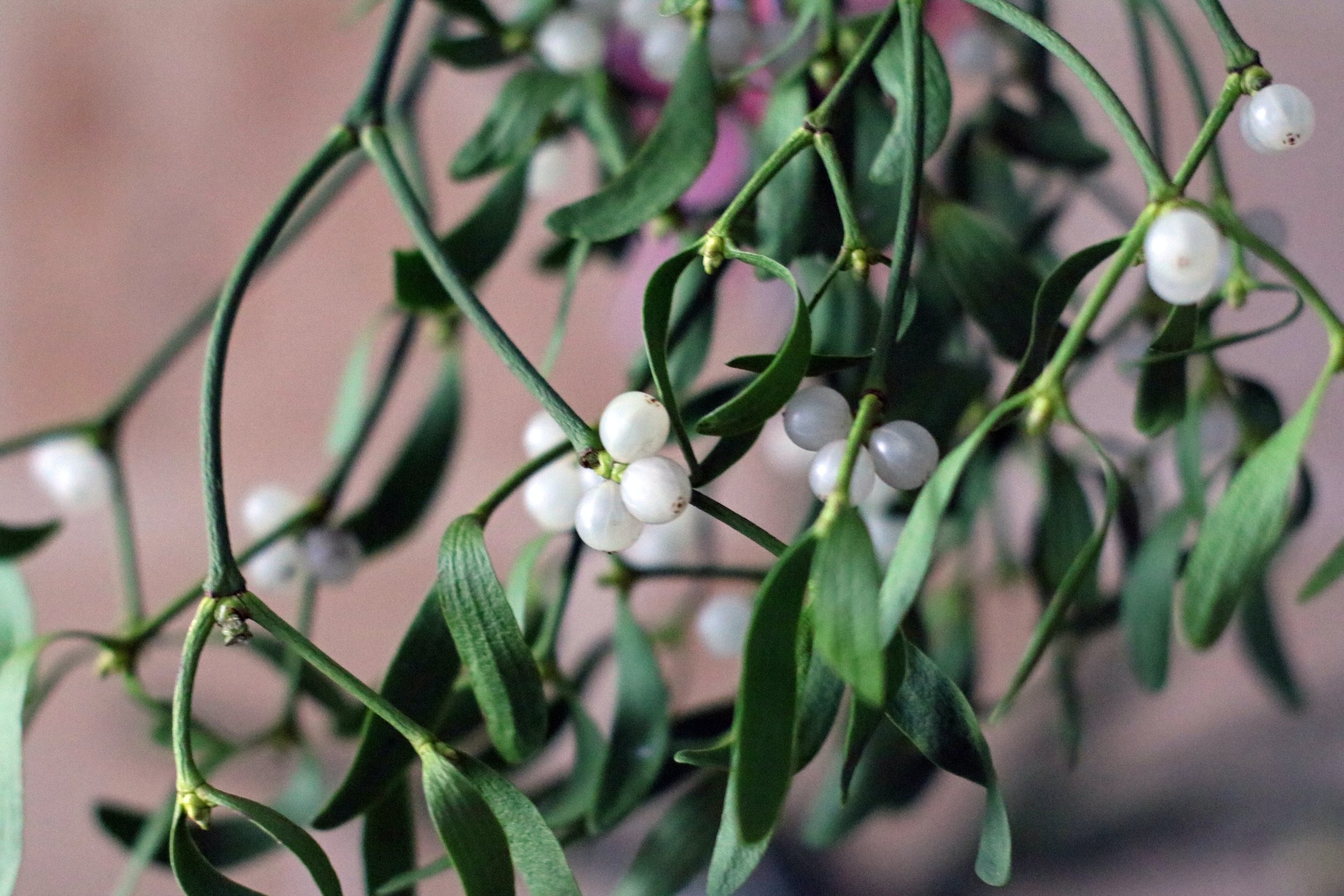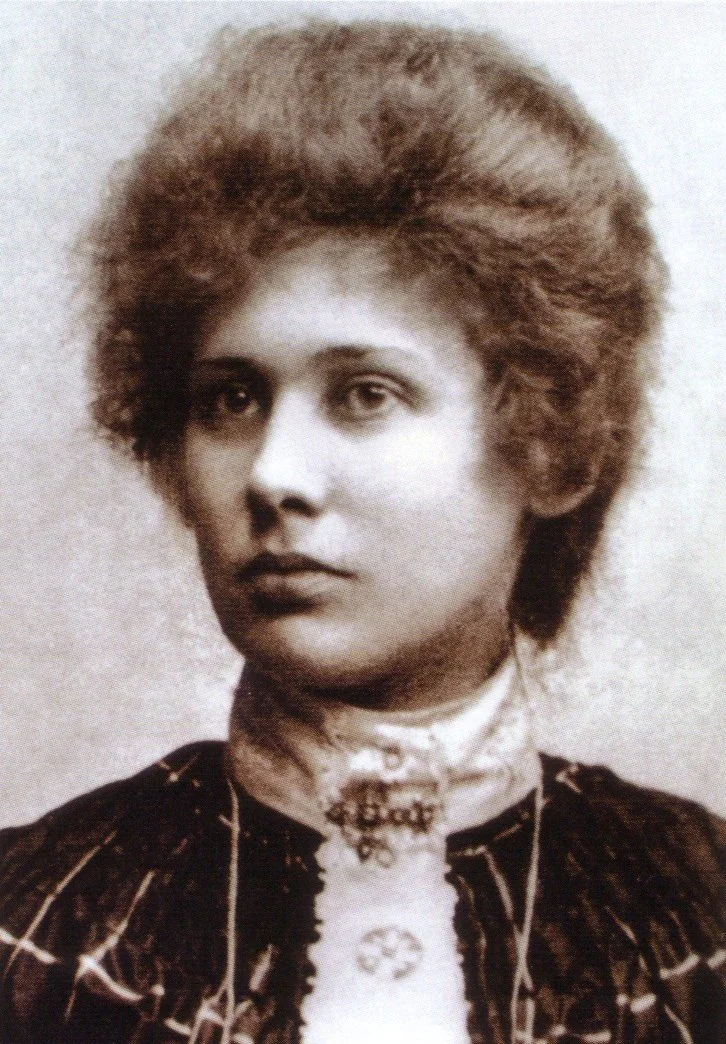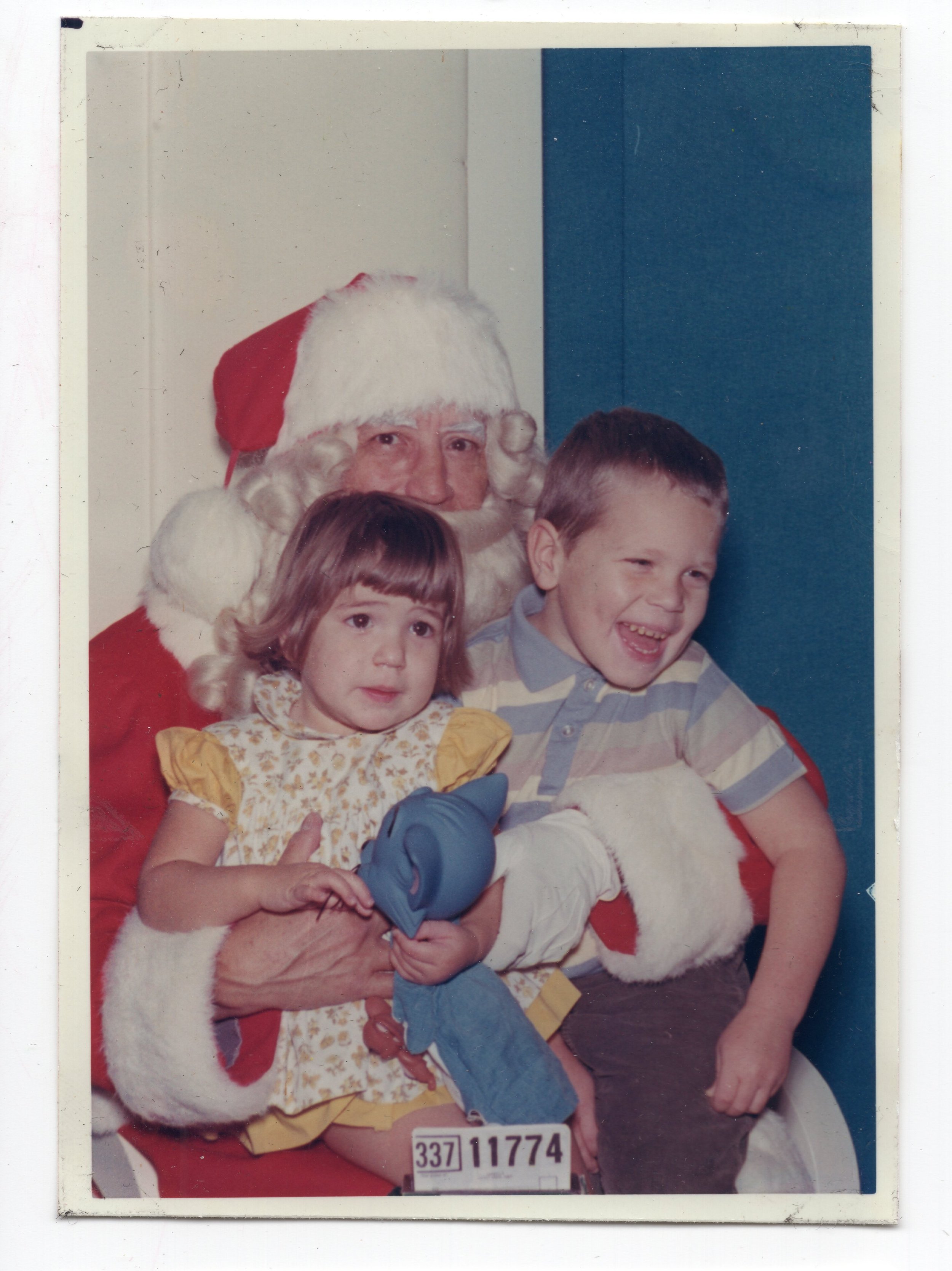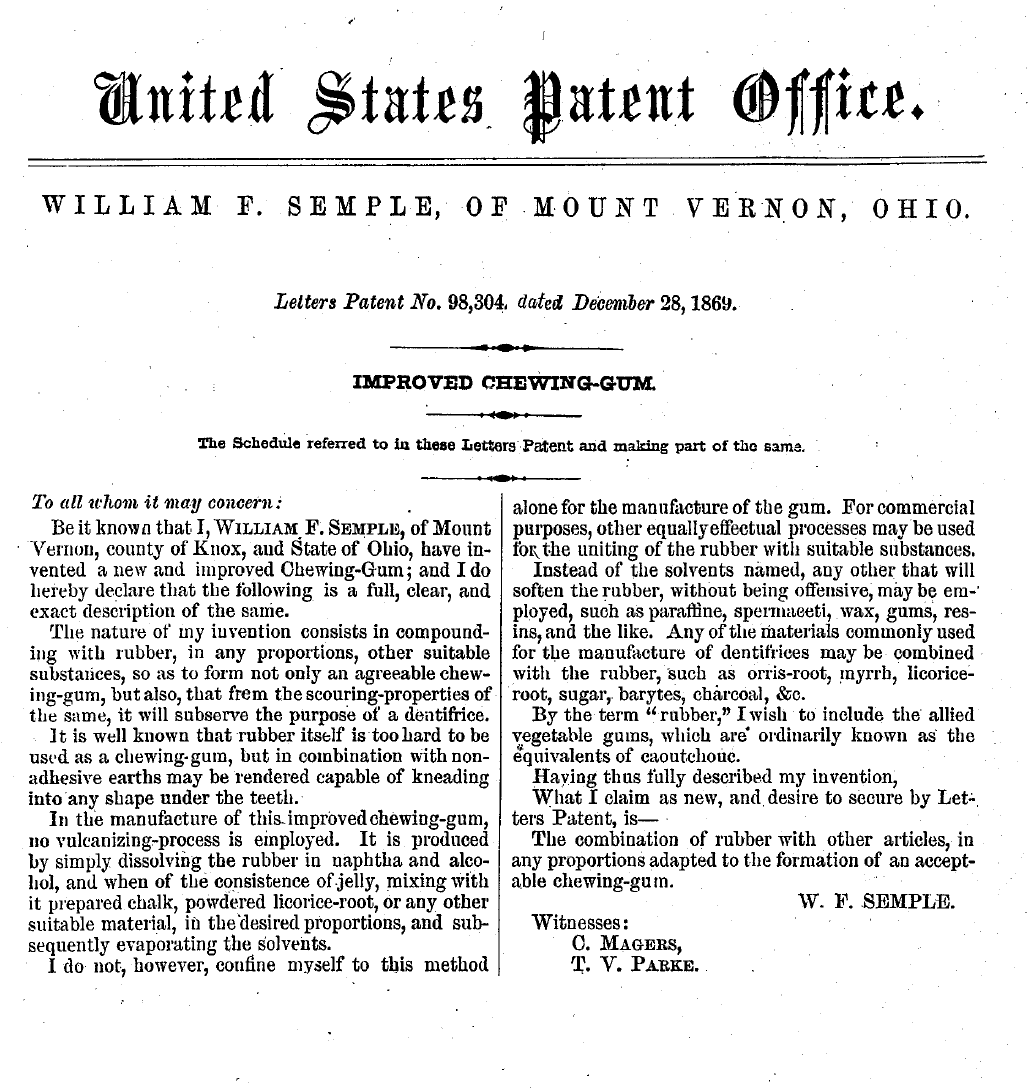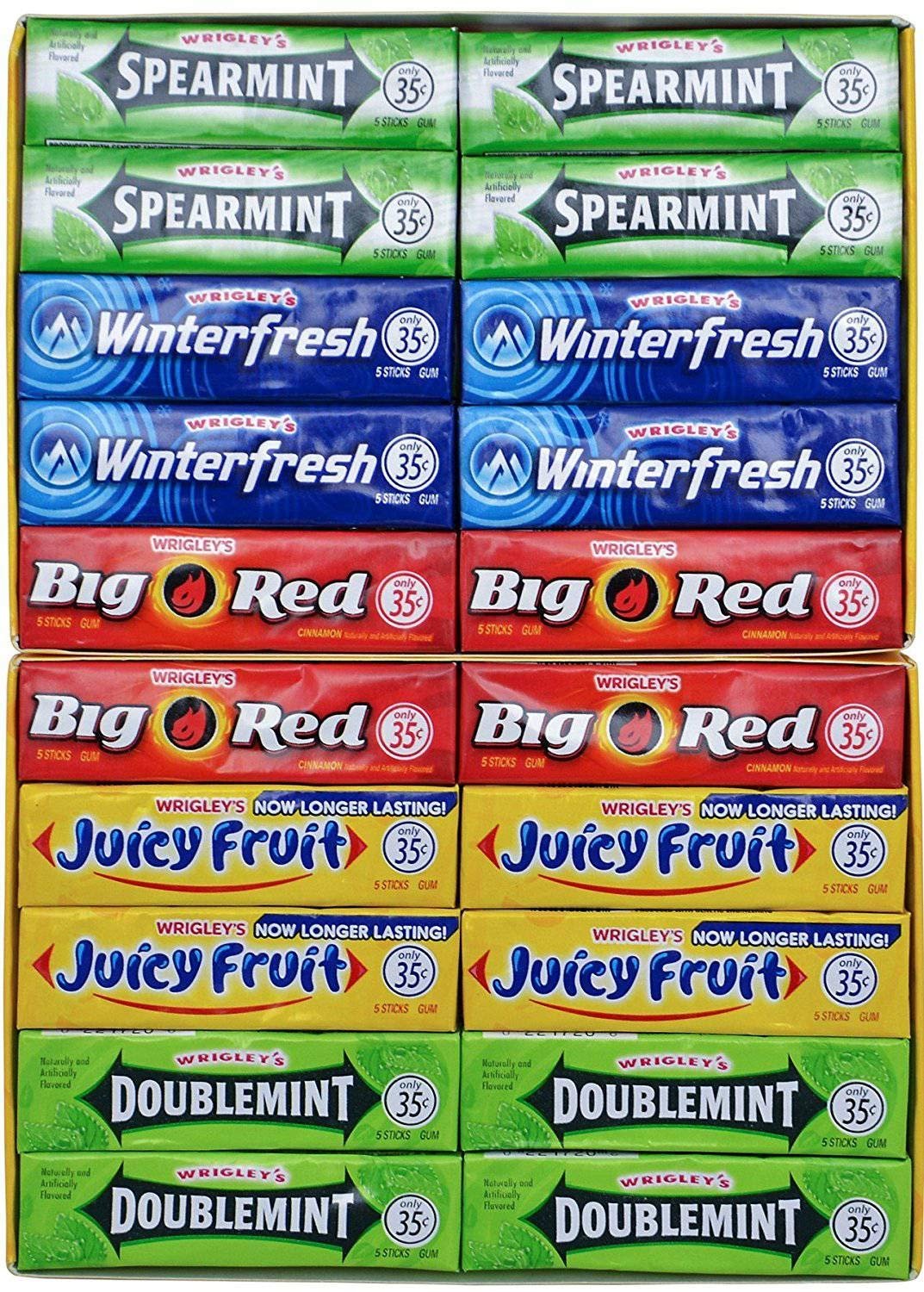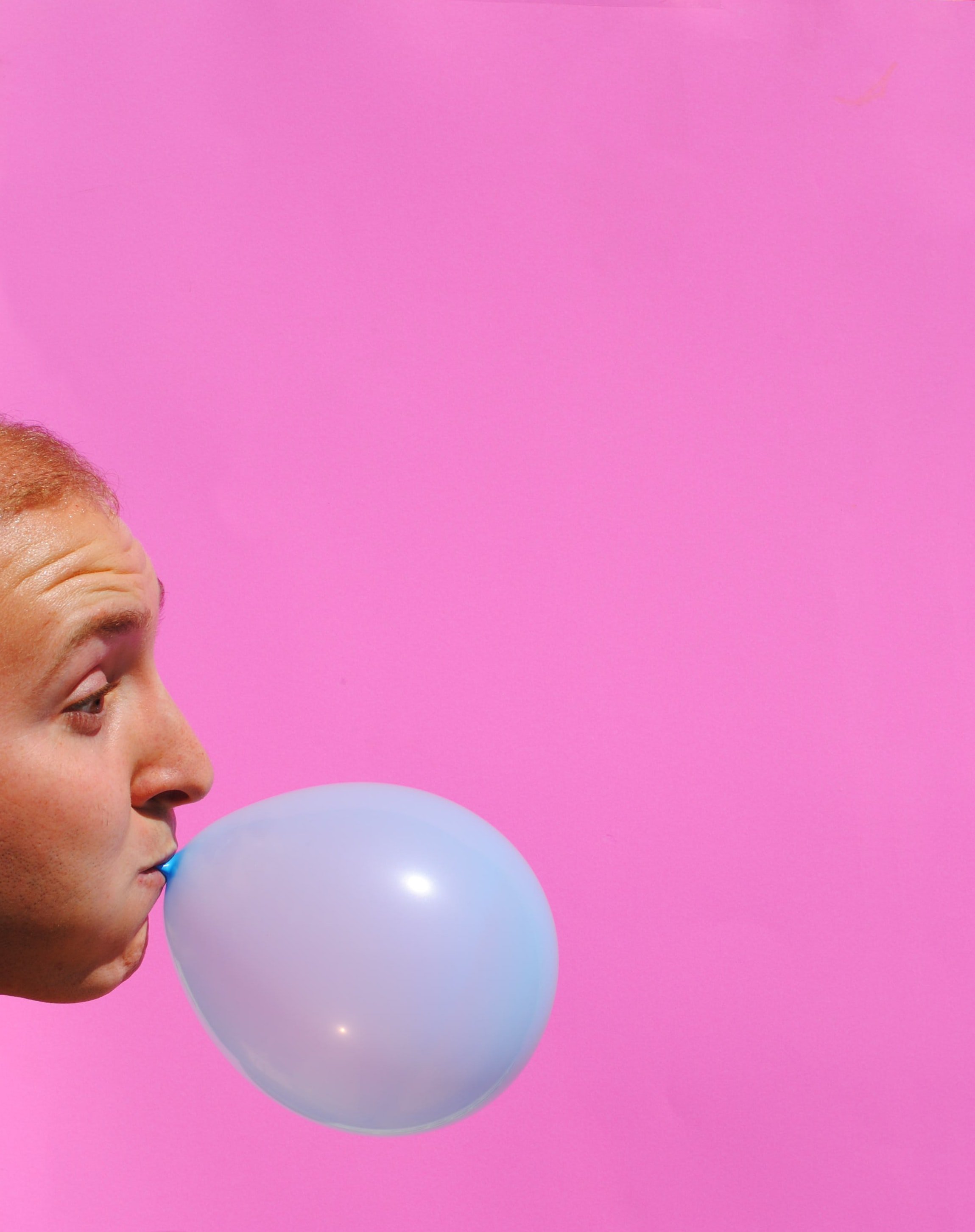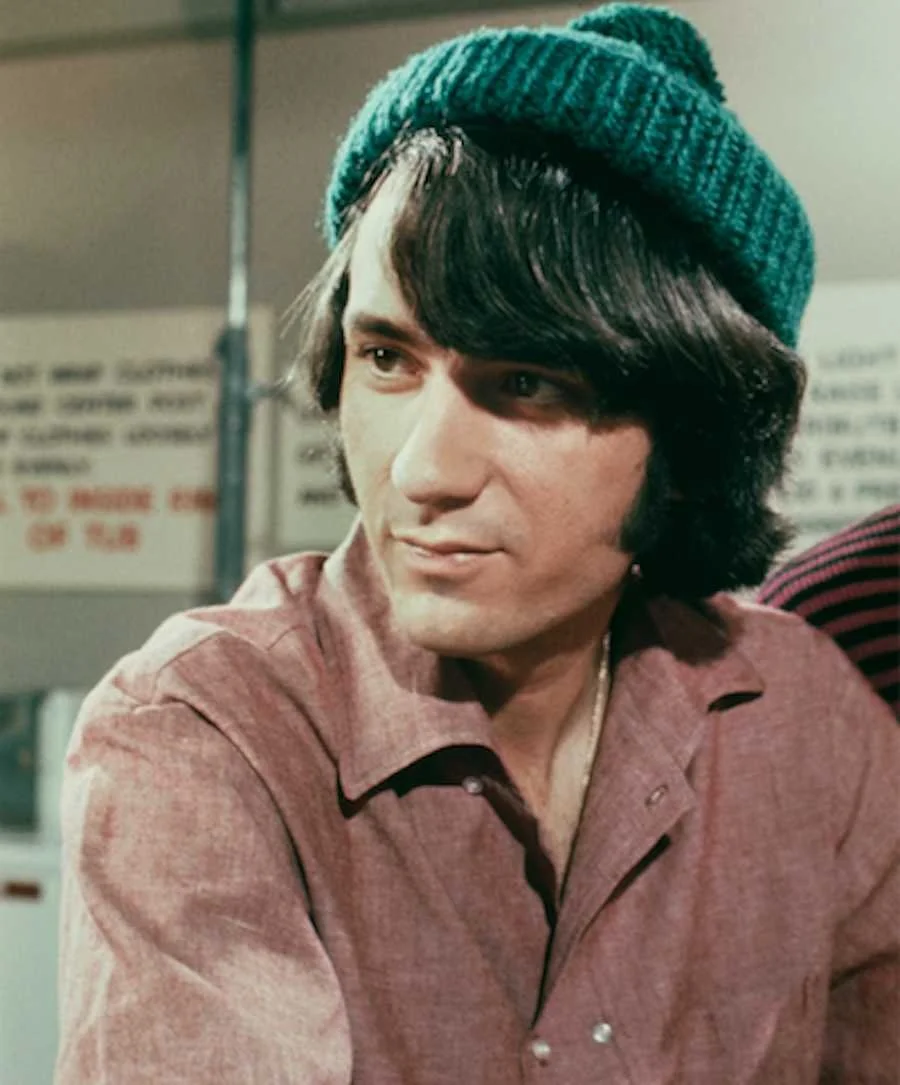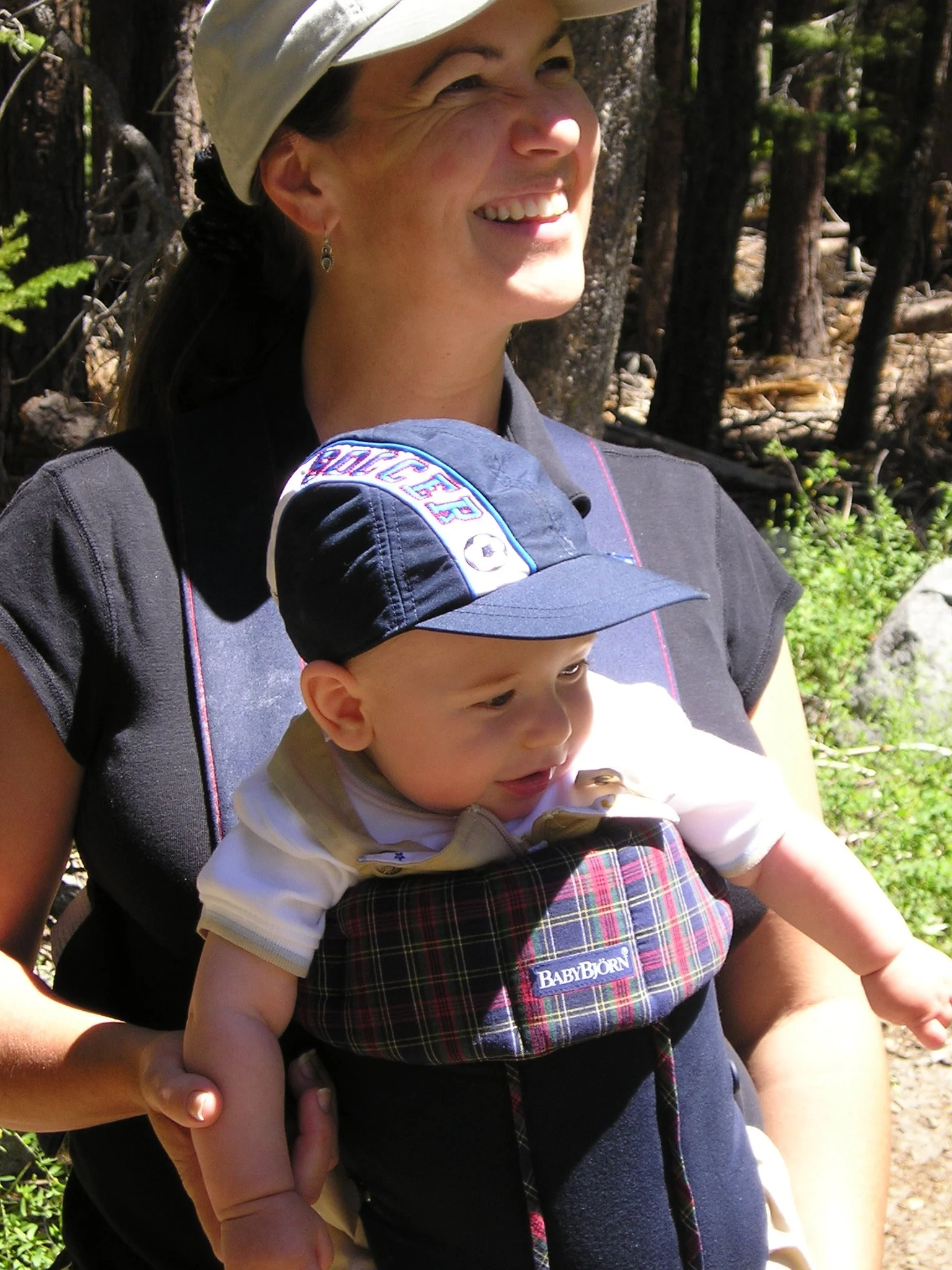I’m writing this because it’s time for the citizenry of the United States to mobilize and speak out before our democracy is irreparably damaged. I’ve decided not to let fear stop me. I want to protect our freedoms and my children.
A lot of our rights and securities are on the chopping block. It’s so disturbing. One of the most damaging is the attack on the Department of Education.
Currently, we have the RIGHT to a FREE K-12 education for all people in the United States. That is an amazing gift that we cannot take for granted. It’s not perfect by any means. There is a lack of equity. Teachers are underpaid. And schools have to fight for limited funding to keep the heat on. But we can make it better.
What happens if it’s taken away from us?
Imagine a society where only the wealthy can afford to learn to read and write. Where knowledge is a privilege, not a right. Where a child’s potential is determined not by their talents and ambitions but by their family’s bank account. This is not a dystopian fantasy—it was once reality. And without vigilance, it could be again.
Public education is one of the most precious gifts a democratic society can offer its people. It is a promise that every child, regardless of background, has the right to learn, grow, and contribute to the world. It is the great equalizer, providing opportunities for social mobility, innovation, and civic participation. It is the foundation upon which our democracy stands.
Here are some of the Benefits of a Free Public Education System
Empowering Individuals – Education gives people the skills they need to navigate life, pursue careers, and make informed decisions. A well-educated society is a society that thrives.
Strengthening Democracy – Informed citizens are the backbone of a functioning democracy. Public education teaches critical thinking, history, and civic responsibility, equipping people to engage in society meaningfully.
Economic Growth & Stability – An educated workforce drives innovation, entrepreneurship, and economic success. Without access to education, economic disparity grows, and opportunities shrink.
Social Cohesion – Schools are places where children from different backgrounds come together, learn from one another, and build the social bonds necessary for a united society.
Reducing Inequality – Free education ensures that no child is denied the chance to succeed based on their family's income. It breaks cycles of poverty and creates pathways to success.
What Happens When Public Education is Undermined?
When access to education is eroded, we all suffer. The gap between rich and poor widens. Misinformation and ignorance spread. Democracy weakens as fewer people understand their rights and responsibilities. The workforce shrinks, innovation declines, and economic instability grows. History has shown that societies that neglect education risk falling into social and political chaos.
Public education is not just about schools and textbooks—it is about the future of our nation. It is about ensuring that every child, regardless of where they come from, has a fair shot at success. It is about maintaining the strength of our democracy and the prosperity of our people.
Protecting and investing in public education is not a political issue—it is a moral one. If we want a society where opportunity is real for everyone, where progress continues, and where democracy thrives, we must stand up for public education. It is too precious to lose.
Photo by Ivan Aleksic on Unsplash
What can you do? Support policies and candidates who prioritize education. Speak out against efforts to defund or privatize public schools. Encourage community involvement in local school boards. Because when we fight for public education, we fight for our future.
Photo by note thanun on Unsplash
Photo by Priscilla Du Preez on Unsplash
